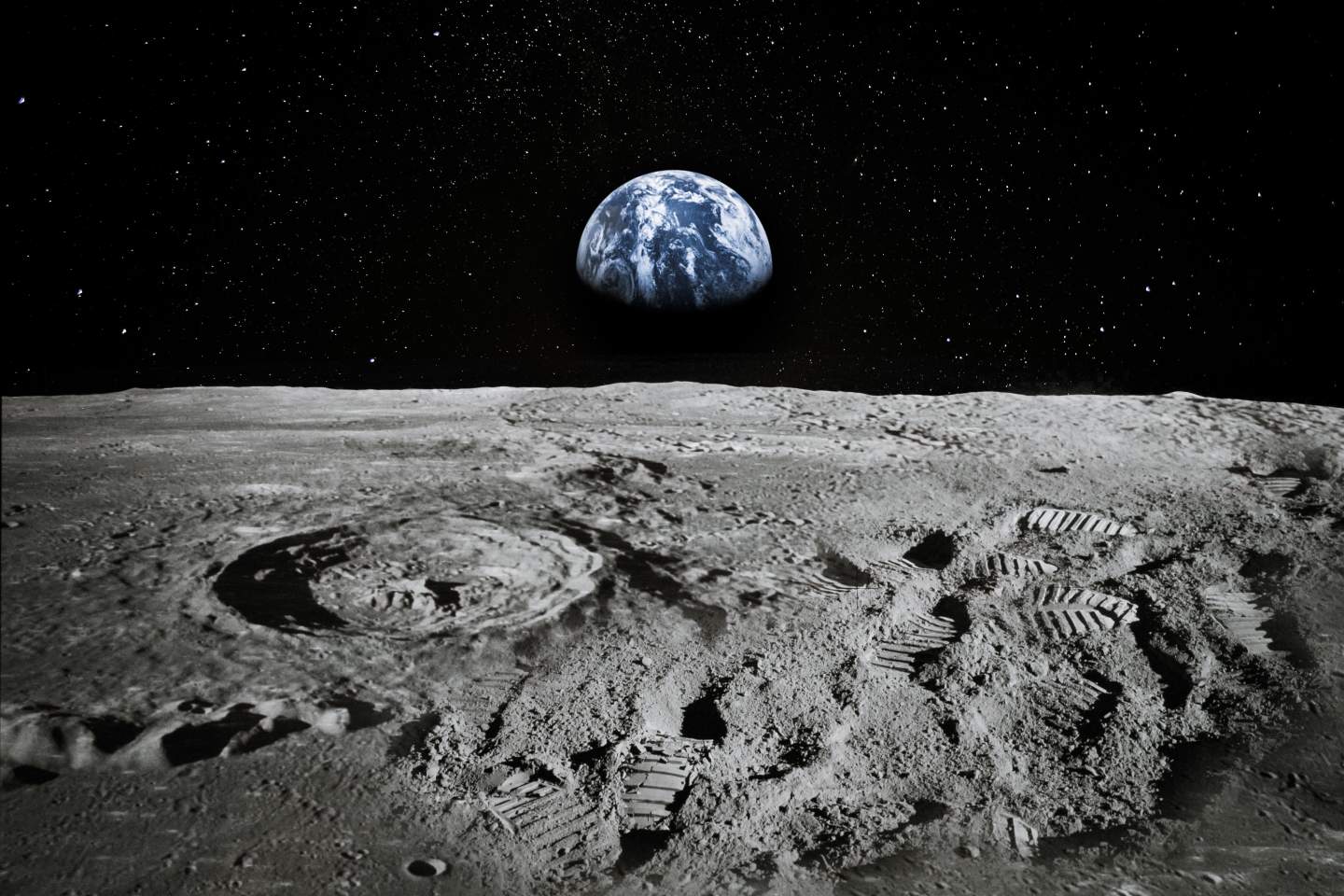
This “flying saucer” could give future Moon missions a birds-eye view
Massachusetts Institute of Technology (MIT) has shared that a portion of his architects work on another idea: flying plate which would one day be able to investigate the moon, a few space rocks, and other stodgy surfaces. As per reports from the MIT news organization, the flying saucer will use the innate substance of the moon to drift on the ground. Further examination on points can bring extraordinary advantages, since it can investigate the moon and different space rocks without agonizing over the surface state might be a lot more secure for Rover.
The MIT concept can be possible thanks to several factors, such as the lack of atmosphere in the moon and other air bodies. Because of exposure to sunlight, as well as plasma around it, months and asteroids can build an electric field. Thanks to this electric field that Rover can have MIT.
The moon surface charge is strong enough to float dust more than 1 meter above the ground. MIT reports compare this in a static way can cause your hair to stand up. MIT engineers are not the first to consider using the static charge of the month – the idea was first explored by NASA.
How would MIT’s “flying saucer” work?
NASA’s ideas differ slightly from the concept of MIT engineers are currently exploring. It involves using wilt gliders with mylar wings. When Mylar has the same charge as the surface of the moon, scientists believe that the two materials will reject each other, allowing gliders to drift. Even though the concept is good, there is one main disadvantage in it: it will only work with smaller asteroids, thus limiting the use of gliders. Large planetary bodies create a much stronger gravitational pull that will make MYlar gliders useless, because it will not be able to float in such conditions.
MIT flying saucer called overcoming the limitations. The plan is to use ionic power to drift vehicles up to 2 pounds on the moon and large asteroids. By using a small ion thruster that MIT refers to the “Ion-Liquid ion source”, the vehicle will get extra levitation. The ion beam will charge the disk while also increasing the natural static load of the surface.
Research has proven that the “flying saucer” could be realistic
The engineer team, consisting of Oliver Jia-Richards, Paulo Lozano, and Sebastian Hampl, tried to simulate the real world scenario and test their concepts at Lozano’s Lab. To see if the calculation they check out, they produce a hexagon test vehicle. It was very small, weighing only 60 grams, but the engineers tried to create a semi-loyal replica of the flying disk they had done.
Hexagonal vehicles have one ion thruster pointing up and four points down. After being made, it is placed in a vacuum room, above the aluminum surface. It was suspended on the surface through the use of two springs calibrated next to the tungsten stem.



Average Rating